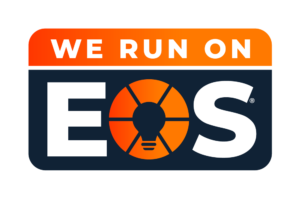An important step in implementing the standards required for ISO 9001 is having an operations process flow. In simpler words, in order to attain and maintain a quality management system, you need to really understand what is going on in your enterprise.
Consider, for example, the process your organisation normally goes through in order to handle a customer request. Imagine writing the entire process down in text, starting from receipt of the request, to requirements gathering, quotation preparation and sending to client, confirmation and acceptance by client, signing of contract, and so on.
That’s one process, in one area or department of your company.
Now, imagine adding every single process within your organisation, from employees reporting an issue with a product, to a customer requiring after-sales assistance. You probably have dozens of processes, for sales, service provision, production, subcontracting, staffing, and more.
It’s a lot to remember isn’t it? And it certainly is too much to manage on a day to day basis and adhere to your ISO standards, unless you have properly documented processes.
That’s where we can help you – identifying the most important processes that absolutely need to be documented.
What’s the use of process flows in ISO 9001?
Naturally, the designing of process flows is only part of the work – the next stage is actually using them to improve quality management within your organisation. Done properly, well documented processes allow you, your team, and external stakeholders to understand how various departments, team members, softwares and tools interact with one another as part of a process.
The advantages are:
- It is easier to identify points of vulnerability that present the greatest risk to maintaining quality or operational capabilities.
- It is easier to pinpoint opportunities for improvement. You might realise, for example, that certain steps within a process are redundant or overlapping, resulting in delays and additional costs which can all be eliminated.
Strengthening or simplifying a process is much easier when you can see every step in that process in front of you.
Methods of documenting ISO 9001 Process Flows
Flow charts are sometimes used as a tool to document ISO 9001 compliant process flows. These are designed to be standardised and easy to understand.
Checklists are another very useful tool that an organisation can use when documenting its processes. These come in very handy when the user has to follow simple sequences without a lot of decisions and branches.
The ISO 9001 standard is used in such a wide spectrum of industries and companies, how a process is documented is really up to the company itself.
So long as your Standard Operating Procedures are well documented in whatever format works best for you, you’re fine in terms of adherence to the standard.
Let STEP help you develop your ISO 9001 process flows
There are many advantages to using process flows for ISO 9001 documentation. We believe that the most important one is that with a good process flow you can communicate information in a user-friendly manner.
Your team would certainly appreciate analysing a properly developed process flow rather than walls of endless text or worse still, no documented process at all.





